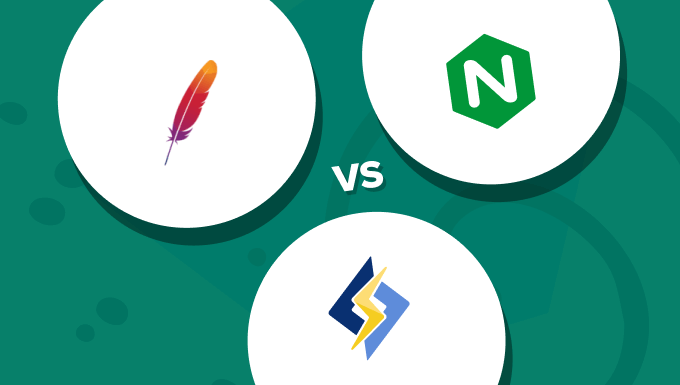
Look Into Domain Hacking Options
Although it sounds like something not quite lawful or right (and it shouldn’t be confused with domain hijacking), domain hacking is actually a legitimate practice. It consists of creating a domain name that’s a combination of a word, phrase or name, and the extension, ie. of the adjacent levels of the domain name, to create a name that suggests a word. An example will explain it better – for instance, the WordPress founder Matt Mullenweg has a blog with the domain name www.ma.tt. The .tt extension is the official ccTLD of Trinidad and Tobago. Clever, right?
The Montenegro ccTLD .me is a particularly productive one, and a lot of brands already use it: even Facebook has an URL version fb.me, then there’s WordPress with wp.me that redirects to wordpress.com, and a particularly smart one is ti.me, used by the famous news magazine.
Another good one is the top level country code TLD for Lybia: .ly. It’s particularly popular with lifestyle, fashion and cosmetics brands, but in a lot of other industries, too – just think of bit.ly. If you’re based in the US, but even if you’re not, you could also look into .us, to create a domain nam consisting of an adjective ending in -ous, like delicious, righteous, gorgeous, etc.






